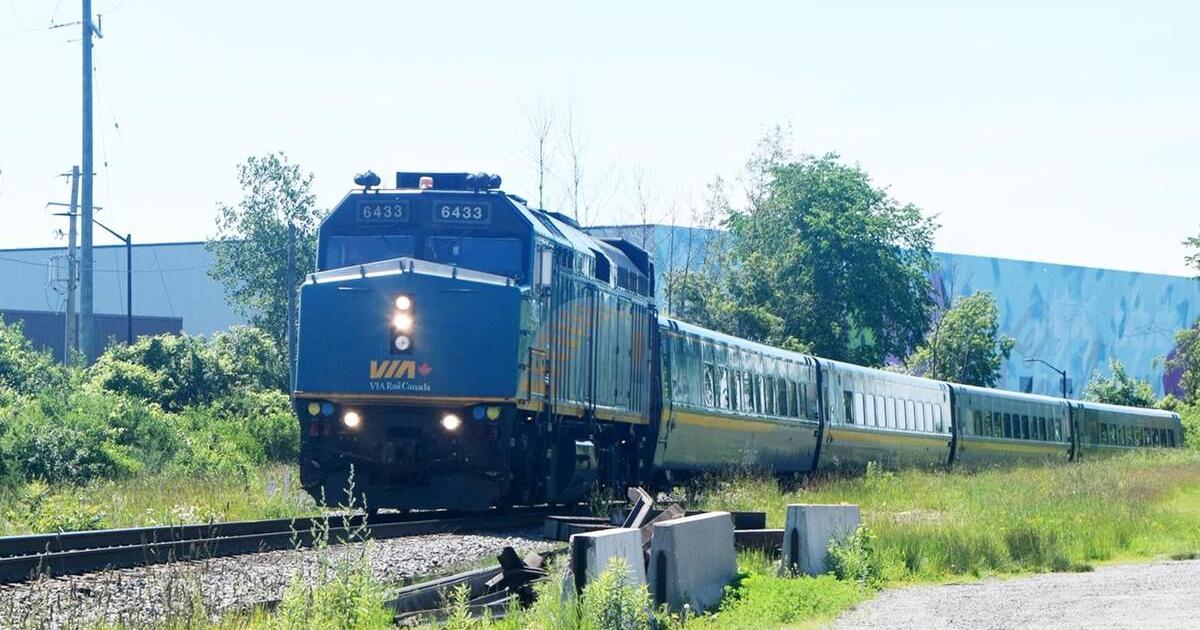Of all the 9 neighboring countries of Germany, only France and Belgium have a denser HSR network than Germany (33 and 18 vs. 13 mm of dedicated HSR lines per capita), whereas Switzerland, Austria and the Netherlands have a less dense HSR network (11, 8 and 5 mm per capita) and Denmark, Poland, Czechia and Luxembourg have no HSR network at all:
View attachment 208970
You are right that Germany is quite an anomaly due to the division until 1990, which explains why connection from/to Berlin were significantly slower than those between the Western German metropolises of Hamburg, München, Köln and Frankfurt. However, its not just Germany's approach which is similar to VIAs HFR proposal: upgrading existing lines to increase capacity and only considering new infrastructure where capacity cannot be economically increased along the existing right-of-ways is the way how intercity networks developed all across Europe and progressively transitioned towards HSR.
You are also right that economic and industrial policies (and let's not forget: fostering national cohesion) played an important role in basically any HSR nation. However, the second big misconception of Canadians about HSR is that it is indispensable in making passenger rail a relevant mode, as a countries' relative length of its HSR network can only explain just over 10% of the variance in its rail ridership levels (note that France 2.5 times Germany's HSR network density, but only 13% more rail ridership, while Spain has almost 4 times Germany's HSR network density, but only half its rail ridership and Switzerland has slightly less than Germany's HSR network density, but more than twice its rail ridership):
View attachment 208973
Compiled from: European Commission Statistical Yearbook 2018 and UIC "High Speed Rail Lines in The World" (inclusion criteria: 250+ km/h)
One final remark about Canada: With approximately 59 km traveled by rail per capita, this figure still lies ahead of the HSR nation Turkey (55km)...

www.thestar.com




